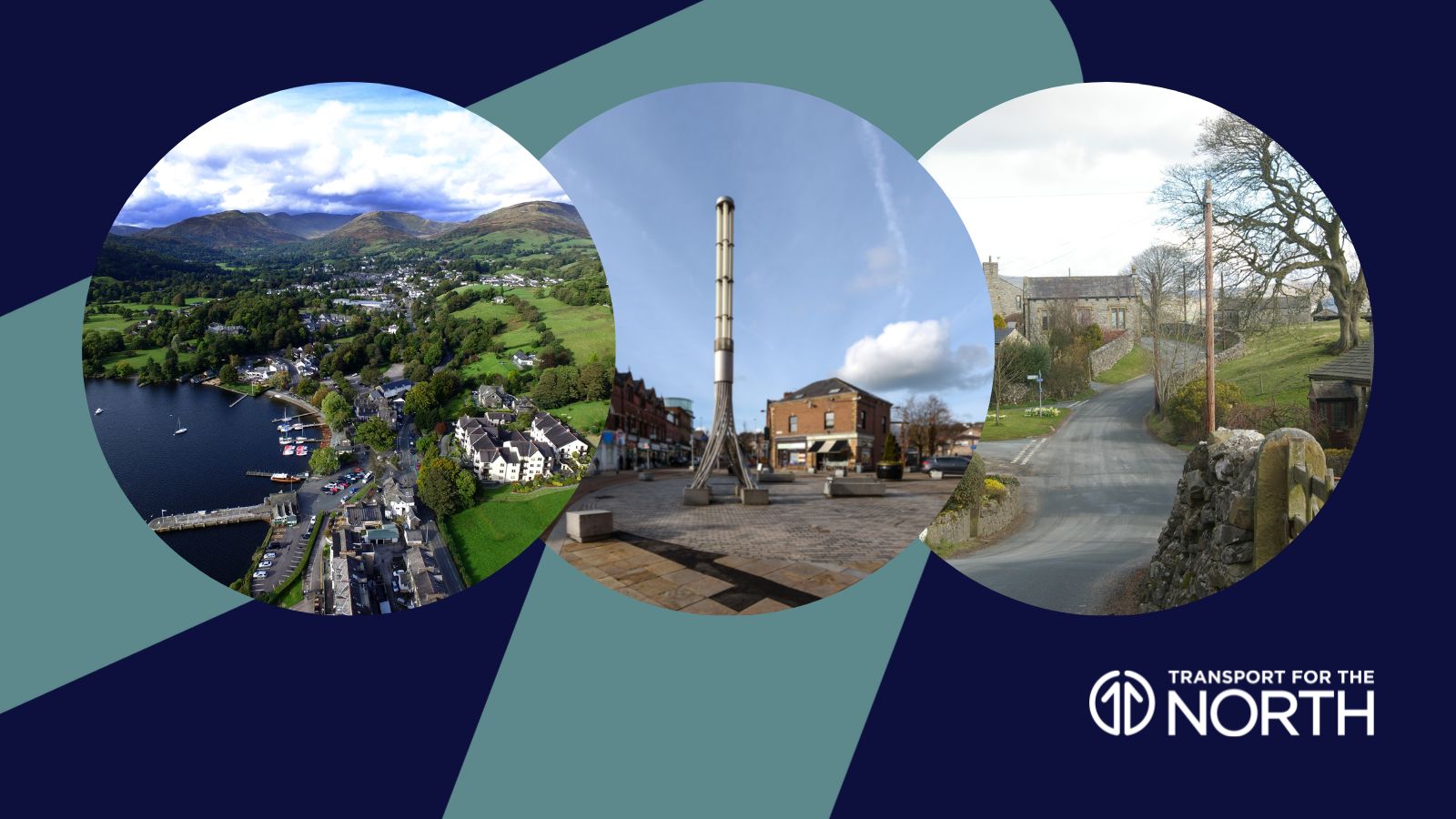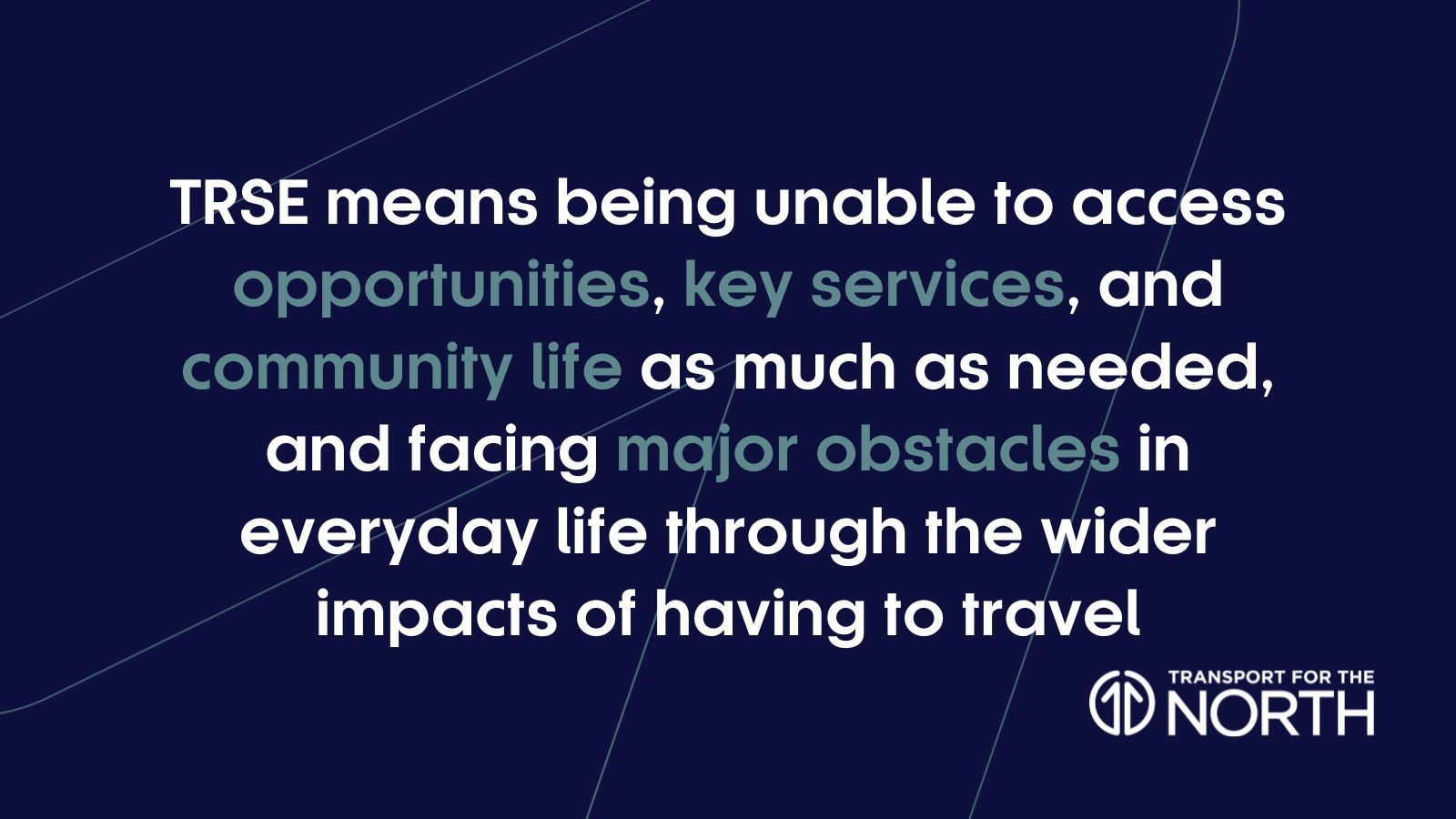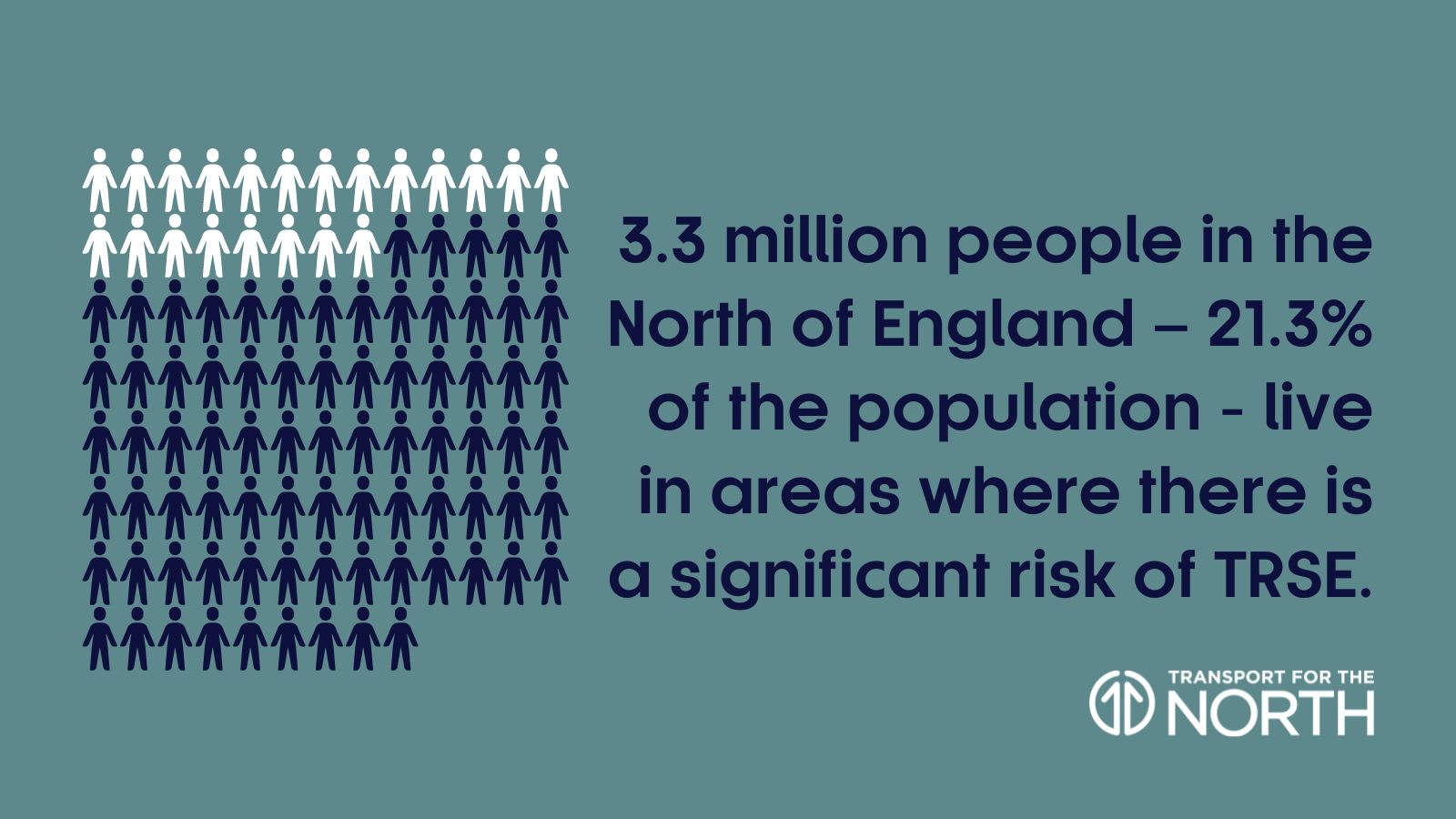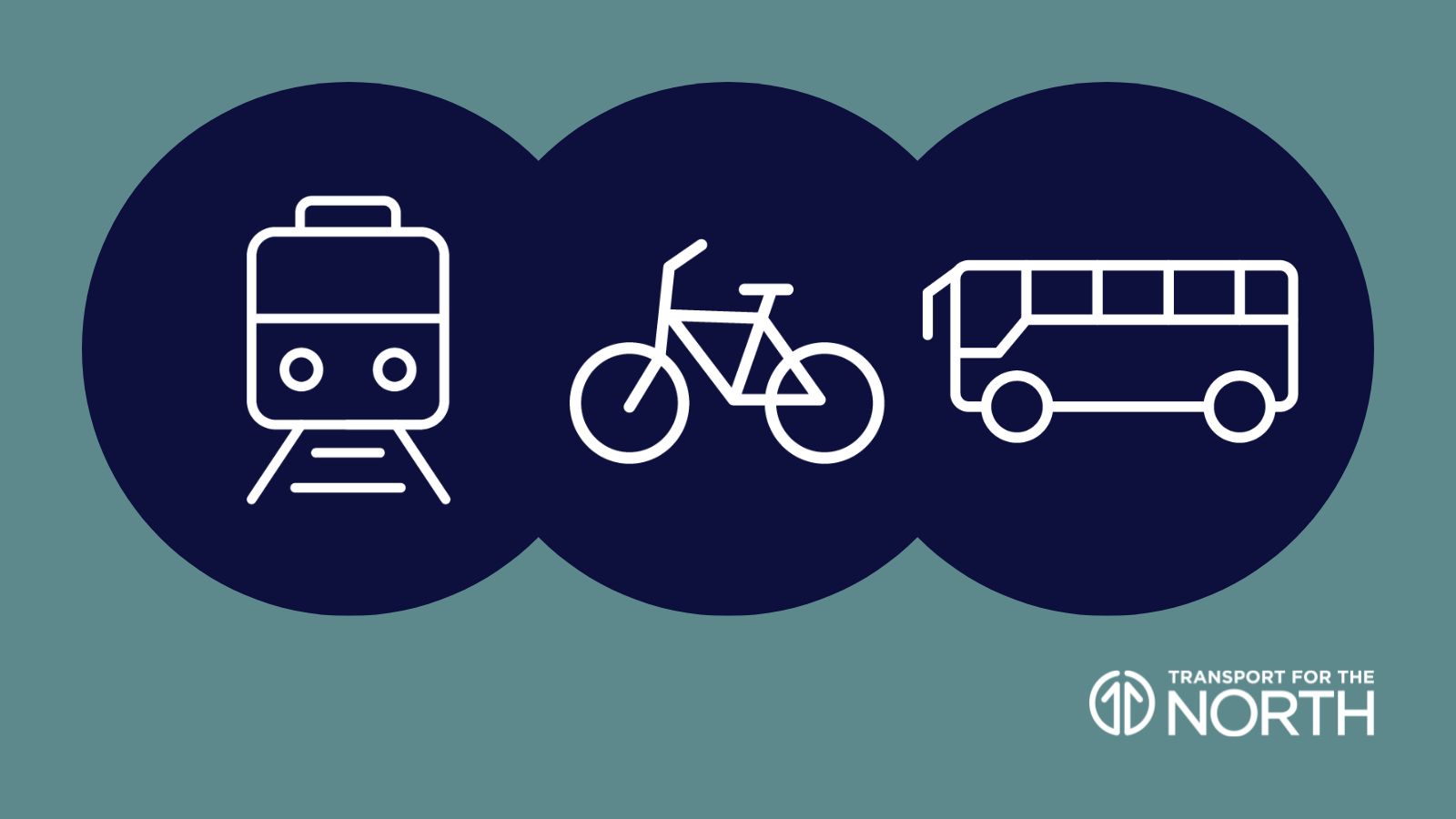Transport for the North has launched a new report on transport-related social exclusion (TRSE) in the North of England.
This report brings together the voices and experiences of communities affected by TRSE, input from expert stakeholders, and innovative data analysis to form the first pan-northern evidence base on this issue.
The report’s author, Tom Jarvis, from our Economic and Research team, outlines a summary of our teams’ work, and the key findings.

The report sets out the causes, consequences, and extent of transport-related social exclusion (TRSE) across the North of England.
This draws on primary research undertaken with over 3,000 members of the public, stakeholders, and experts across the North, and on a data tool developed to measure the risk of TRSE across local areas.
This tool combines a transport accessibility analysis with a range of indicators of the vulnerability of the population to social exclusion.

TRSE means being unable to access opportunities, key services, and community life as much as needed, and facing major obstacles in everyday life through the wider impacts of having to travel.
These wider impacts include the cost and time entailed in using the transport system, and the impacts of stress and anxiety linked with using the transport system.
Together, these impacts can contribute to a vicious cycle of poverty, isolation, and poor access to basic services.
TRSE is caused by the combination of fragmentation, unreliability, and high costs in the public transport system; poor conditions for walking, cycling, and wheeling in car-dominated environments; and the high levels of car dependency that result from this.
This leads to poor access to key destinations for those primarily dependent on public transport and active travel, alongside forced car ownership, in which households feel compelled to have access to a car, despite the costs of car access causing them significant hardship.

The data analysis presented in the report estimates that 3.3 million people in the North of England – 21.3% of the population – live in areas where there is a significant risk of TRSE.
These are areas in which there is the combination of poor access to key destinations by public transport, and high vulnerability to social exclusion based on local economic conditions, the demographics of the population, and the presence of multiple deprivation.
These areas are widely distributed across the North, but are particularly concentrated in former manufacturing and mining areas, and in industrial and multi-ethnic communities.
Over 65% of the localities with the highest risk of TRSE fall in these three broad area types.
TRSE has a disproportionate effect on specific population groups. These include people with disabilities and long-term health conditions, people with caring responsibilities, and those on low incomes and in insecure work.
Underlying this are physical and non-physical accessibility constraints, travel patterns that differ from traditional commuter peaks and routes, and increased exposure to fragmentation and unreliability.
Differences in exposure to TRSE are also observed across life stages, with those transitioning from full time education into work particularly likely to be affected.

Reducing the extent of TRSE in the North and the disproportionate impacts faced by specific population groups requires significant investment in local public transport services.
These services should be integrated across boundaries and modes, and provide a viable and reliable access to opportunities, key services, and community life for those travelling outside of peak periods and core commuter routes.
This, along with transforming car-dominated environments to enable active travel, should support a context in which having unconstrained access to a car is not a prerequisite for social inclusion.
Read the full document by clicking on the cover below: